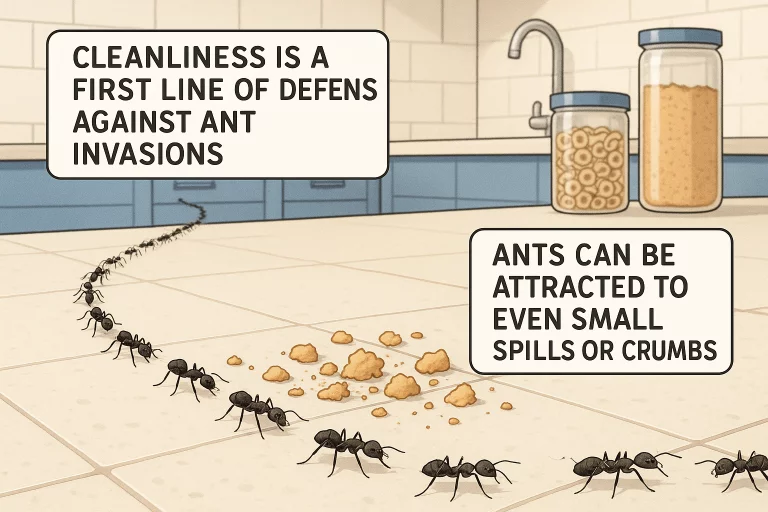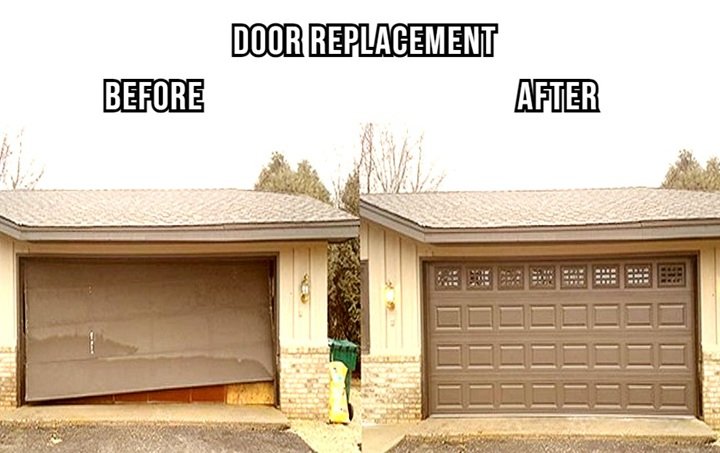Ants are among the most persistent and frustrating household pests, capable of transforming a dropped crumb into a bustling activity center within hours. They’re highly organized, resourceful, and attracted to the tiniest amounts of food or moisture. For homeowners, battling an ant infestation can quickly escalate from a minor nuisance to a daily struggle. The smartest approach, however, is proactive prevention. Taking steps to prevent an ant infestation is not only less stressful but also far easier than eliminating a colony once it has established itself. Moreover, homeowners dealing with frequent or severe ant infestations can greatly benefit from seeking professional ant control services. Experts offer in-depth inspections and customized treatments that provide lasting relief and peace of mind.
To maintain an ant-free living space and protect your home’s value and comfort, follow a comprehensive, layered approach to pest control. Consistent maintenance, vigilance, and professional help are key to creating an unwelcoming environment for ants and preventing infestations. A long-term, effective ant prevention plan is essential.
Maintain a Clean Environment
Ants are natural foragers, constantly searching for accessible sources of food and water. A clean, tidy home is your strongest defense against these determined invaders. When ants can’t easily find food or moisture, they’re much less likely to settle in. Small lapses in cleanliness can be quickly exploited, so consistency is crucial.
- Store Food Properly: Use airtight containers to store cereals, grains, pet food, snacks, and baking ingredients. Even sealed packages aren’t always secure enough, as some ants can chew through packaging. By transferring food to durable, tightly sealed containers, you eliminate a major attractant and help keep your pantry secure from infestations.
- Clean Up Promptly: Make it a routine to wipe down countertops, dining tables, and food prep areas after every meal. Even a few cookie crumbs or a sticky spot of juice can be enough to attract ants from afar. Sweep and vacuum the floors frequently, paying special attention to kitchens, dining rooms, and under appliances where scraps and debris may accumulate unnoticed. A daily cleaning habit is one of the most critical steps toward keeping ants outside where they belong.
- Manage Pet Food: Pet food is another favorite target for ants. Only put out as much as your pets will consume in one sitting, and avoid leaving uneaten food for hours. Wash out food bowls frequently and store any unused pet food in sealed plastic or metal bins. Taking these steps denies ants an easy meal and helps disrupt their foraging patterns.

Seal Entry Points
Ants are highly skilled at finding even the tiniest gaps and cracks through which to enter your home. Sealing up these potential entry points forms a physical barrier, making it significantly more difficult for ants to get inside in the first place. This not only helps prevent infestations but can also improve your home’s insulation and energy efficiency.
- Inspect and Seal Cracks: Regularly examine window frames, door thresholds, baseboards, and your home’s foundation for cracks or gaps. Seal these thoroughly with silicone caulk or weatherstripping. This step is especially important in older homes where structural shifts can create new entry points over time.
- Check Utility Lines: Ants often gain access through spaces where utility lines (such as pipes, cables, or wiring) enter your home. These areas are easy to overlook but can serve as covert highways for ant exploration. Use expandable foam sealant or caulk to fill these gaps, leaving no route for ants to slip through undetected.
Eliminate Moisture Sources
Ants need moisture to survive, particularly during dry periods. Persistent dampness or water leaks in your home can provide the necessary humidity not only for foraging ants but also for establishing satellite colonies. Eliminating these hidden water sources is a vital step in ant prevention.
- Fix Leaks: Inspect under sinks, around toilets, and behind appliances at least once a season for signs of leaking water. Don’t overlook areas like basements and crawl spaces, which can develop moisture issues from condensation or hidden plumbing leaks. Address all matters promptly, as even a slow drip can provide the hydration ants need.
- Ensure Proper Drainage: Clean out gutters and downspouts to direct rainwater away from your home’s foundation. Standing water near the base of your house is a huge attractant. Also, check that your landscaping is graded to slope away from the foundation, preventing pooling and seepage. By controlling moisture inside and outside your home, you greatly reduce the chances of attracting thirsty ant colonies.
Maintain Your Yard
Your yard acts as the first line of defense against outdoor ant populations. Good landscaping habits and proper maintenance reduce the appeal of your home’s perimeter and discourage ants from nesting near or entering your home. Otherwise, overgrown plants or yard debris offer ideal locations for ants to build their colonies and find easy paths indoors.
- Trim Vegetation: Trim back trees, bushes, and other plants to prevent them from coming into contact with your home’s siding, roof, or windows. Plant branches and shrubbery that touch your house provide ants with sheltered access points, essentially acting as bridges for them to travel from their outdoor colonies directly into your home.
- Debris: Frequently clear away piles of leaves, firewood, lumber, stones, or grass clippings from near your foundation and around your yard. Ants love to build nests in decaying organic materials, and piles of debris create hiding spots and launch points for invasions. Keeping the space around your home tidy drastically reduces their opportunities for colonization.



